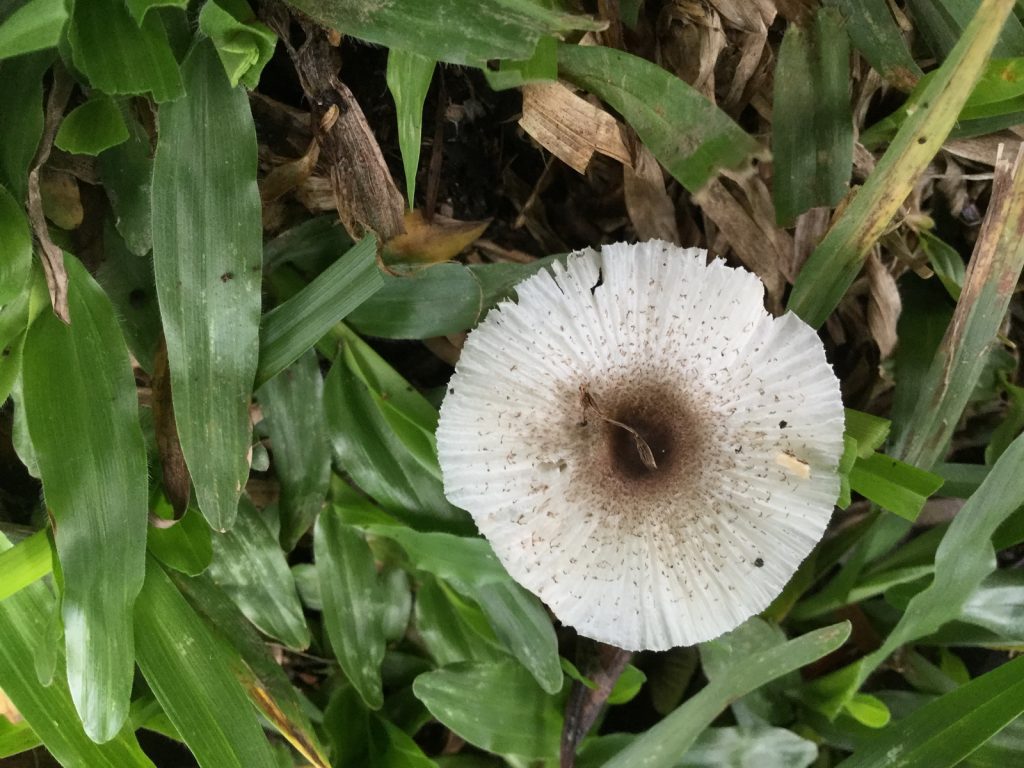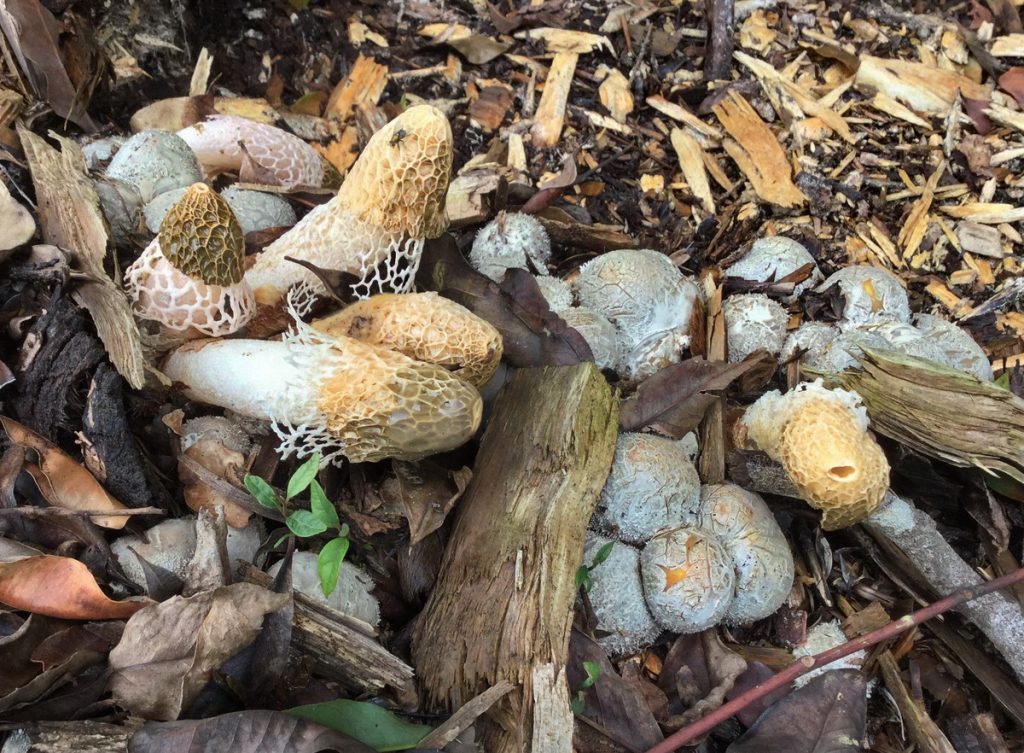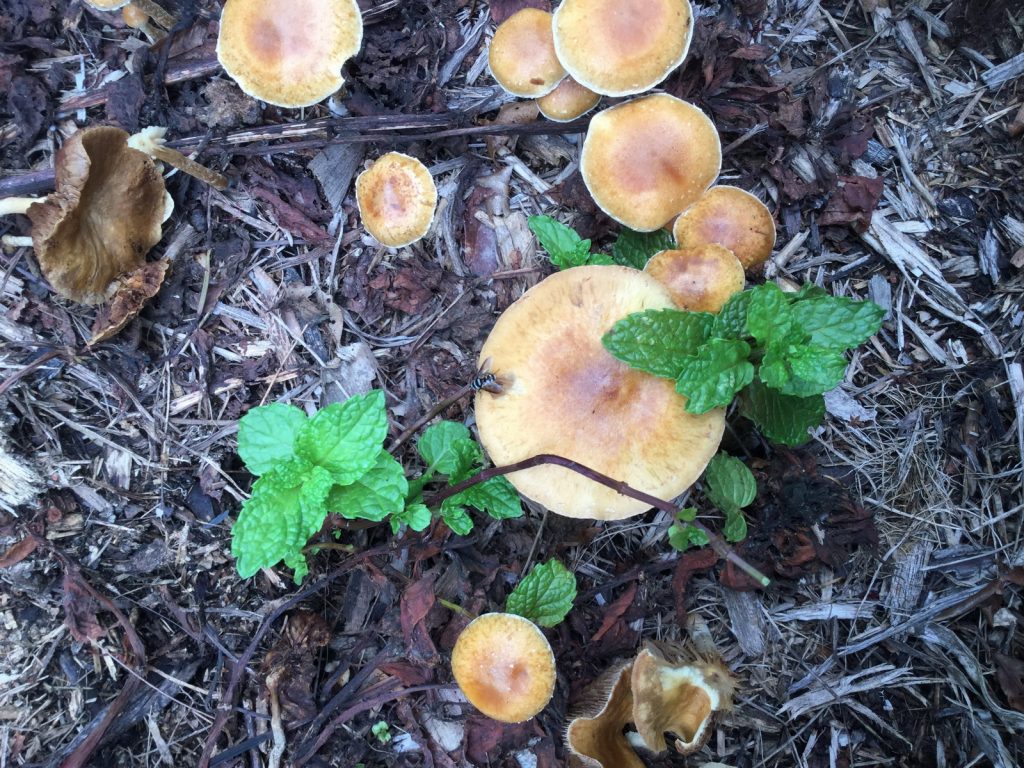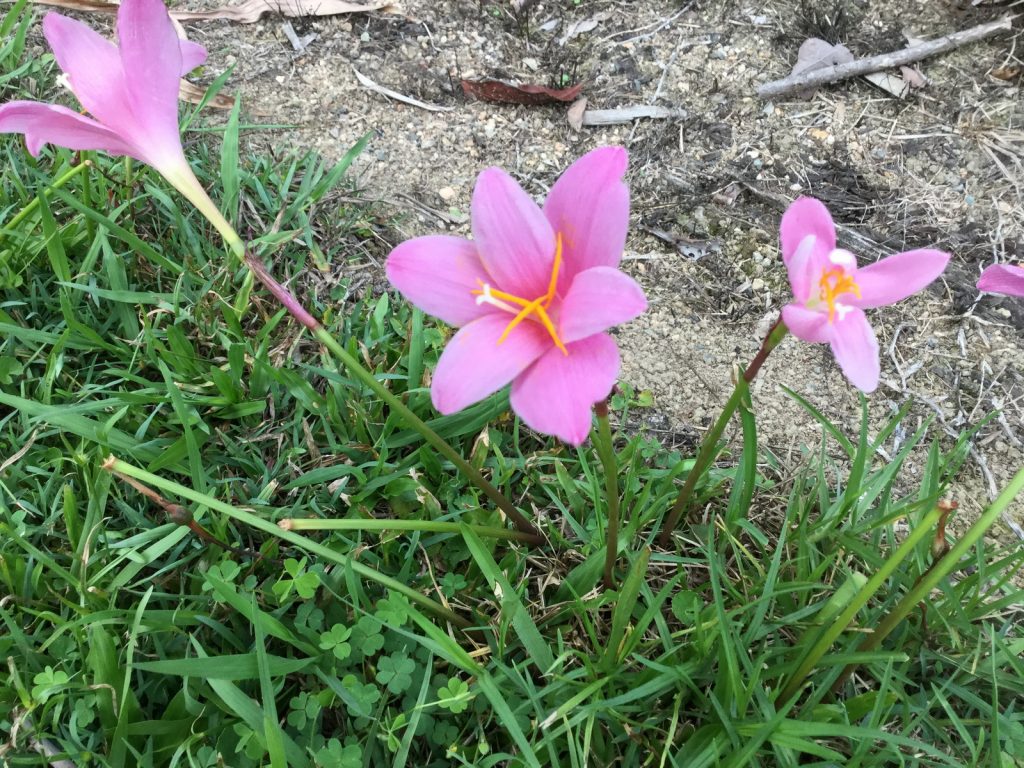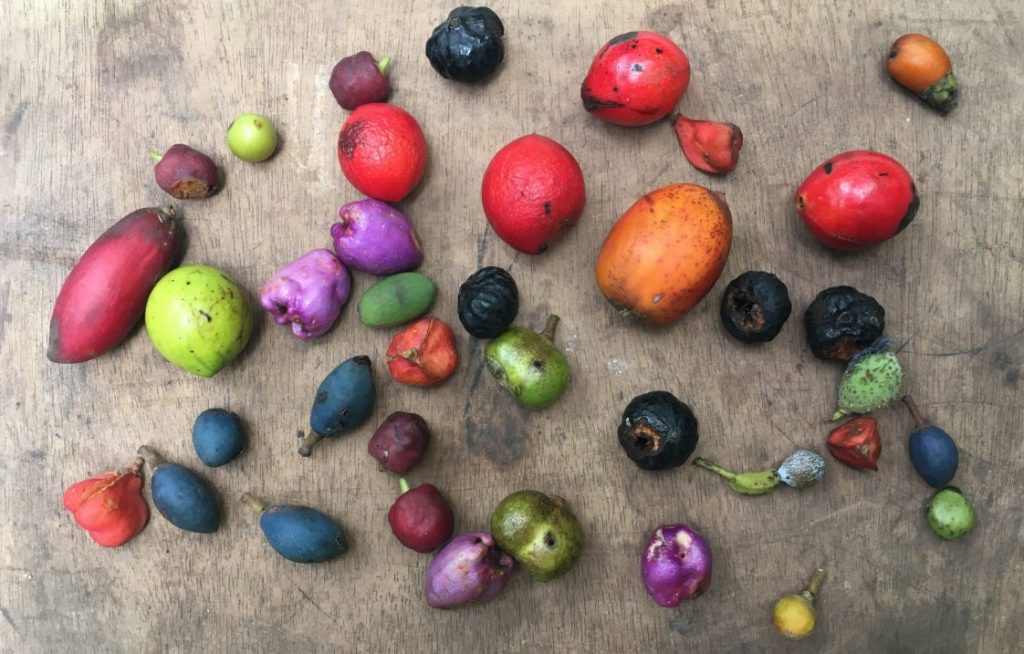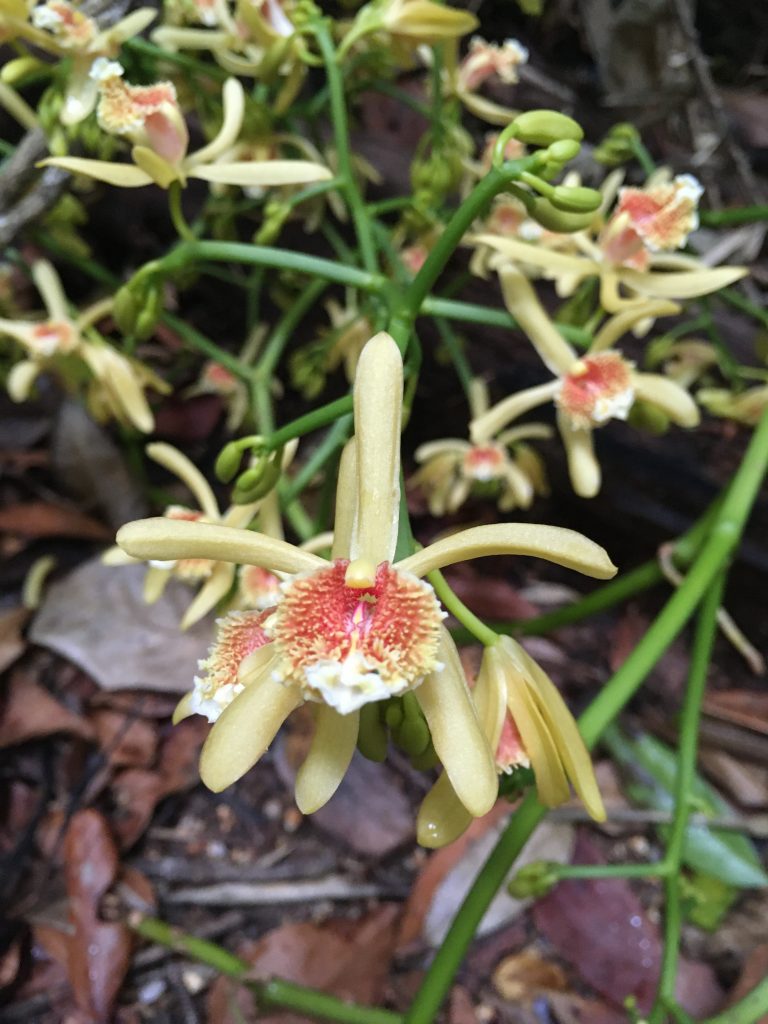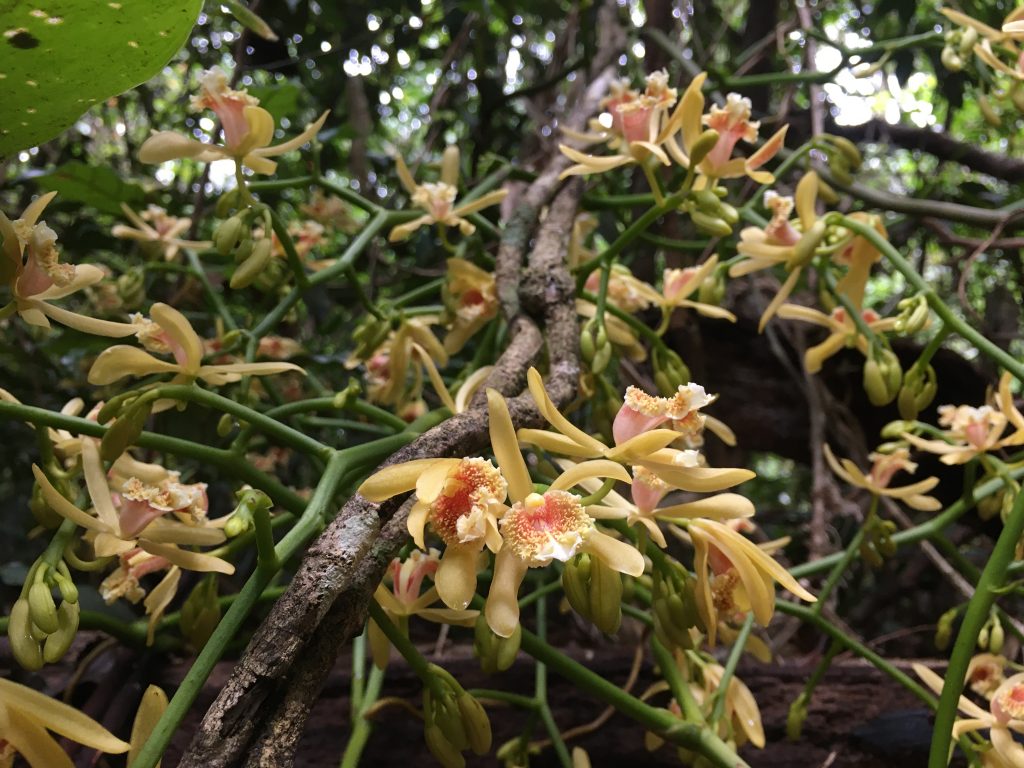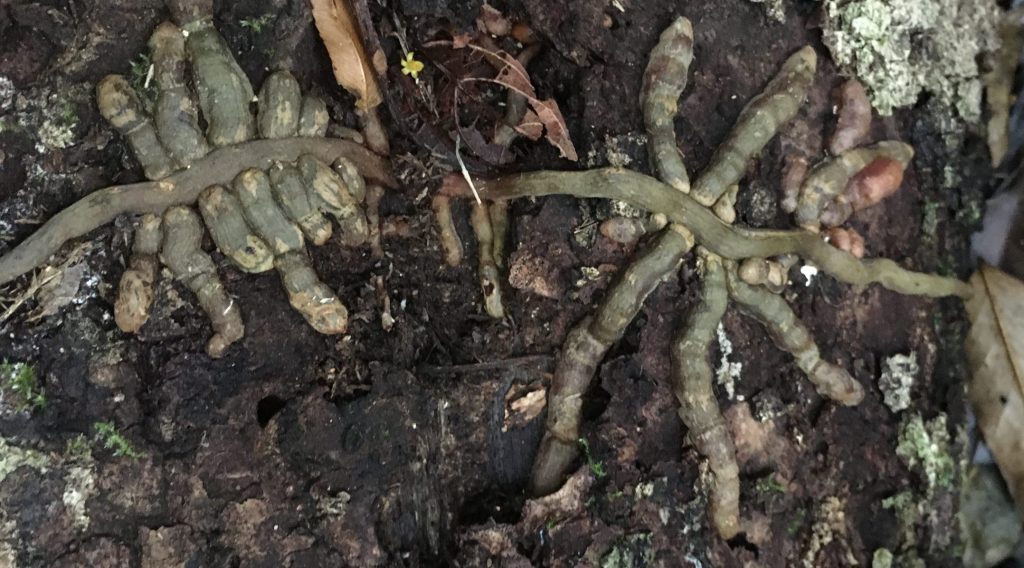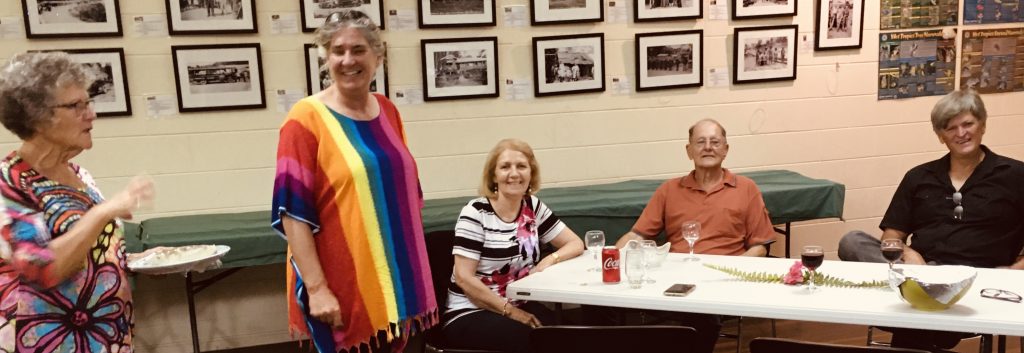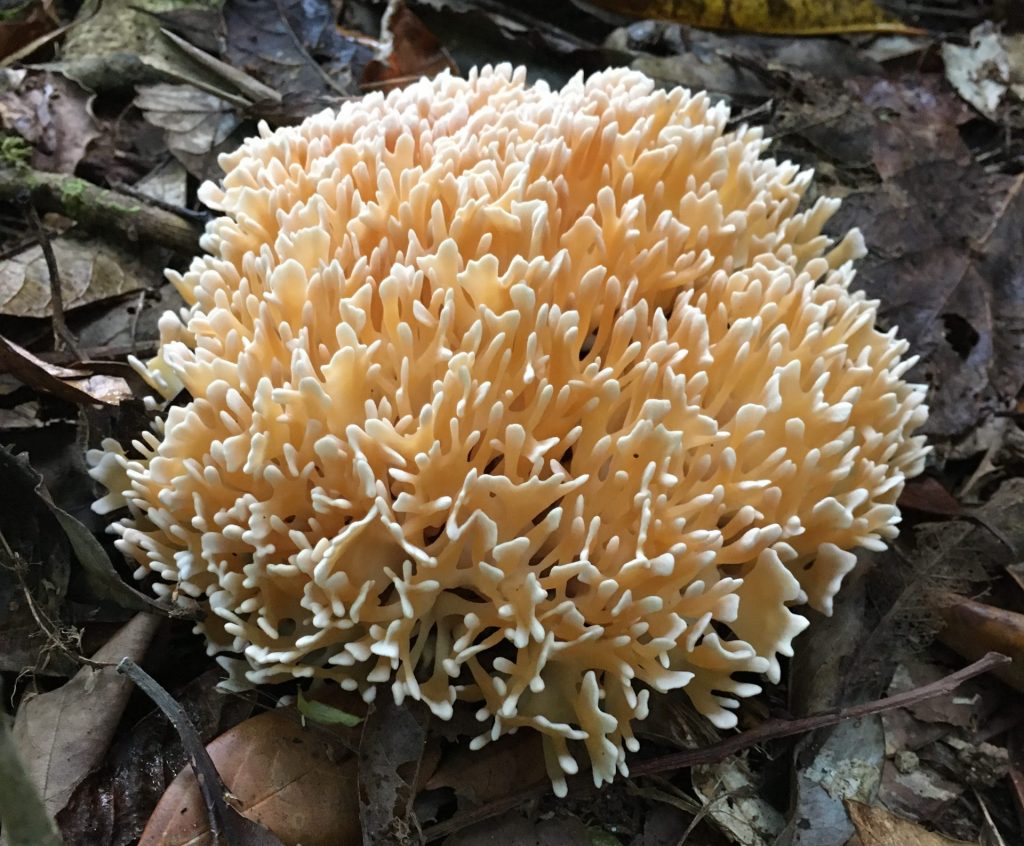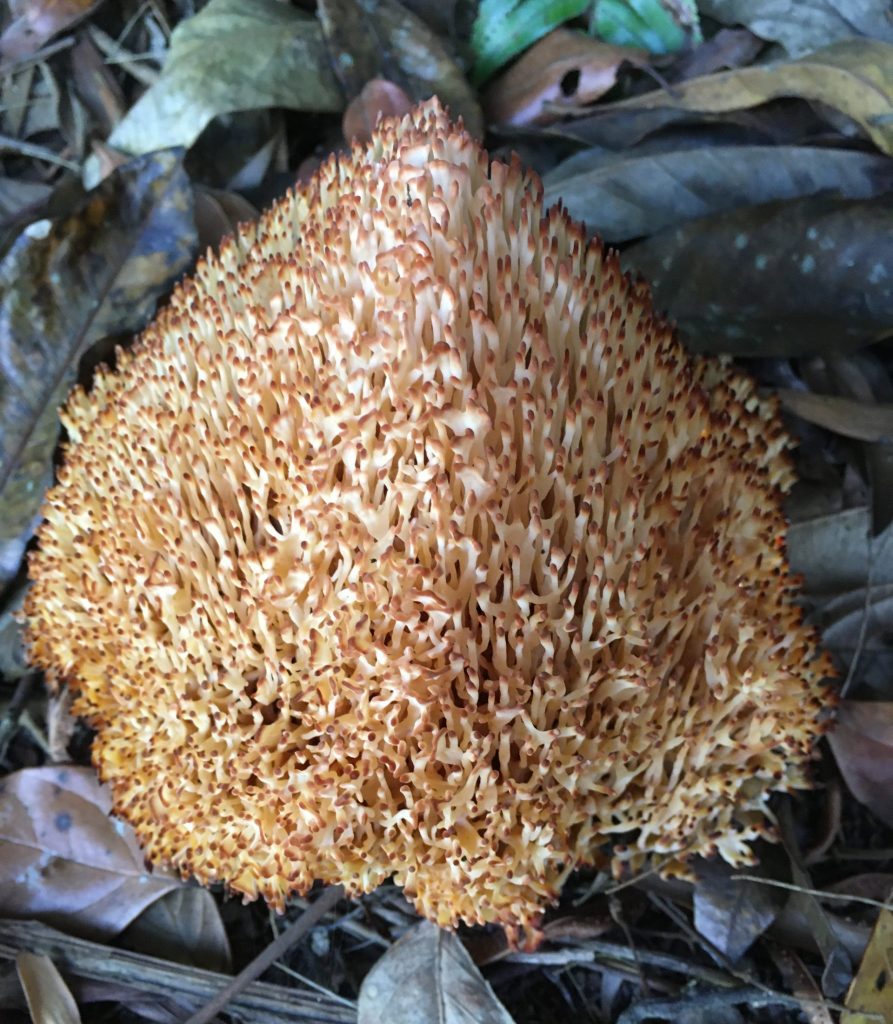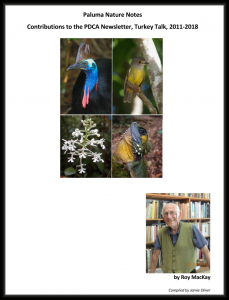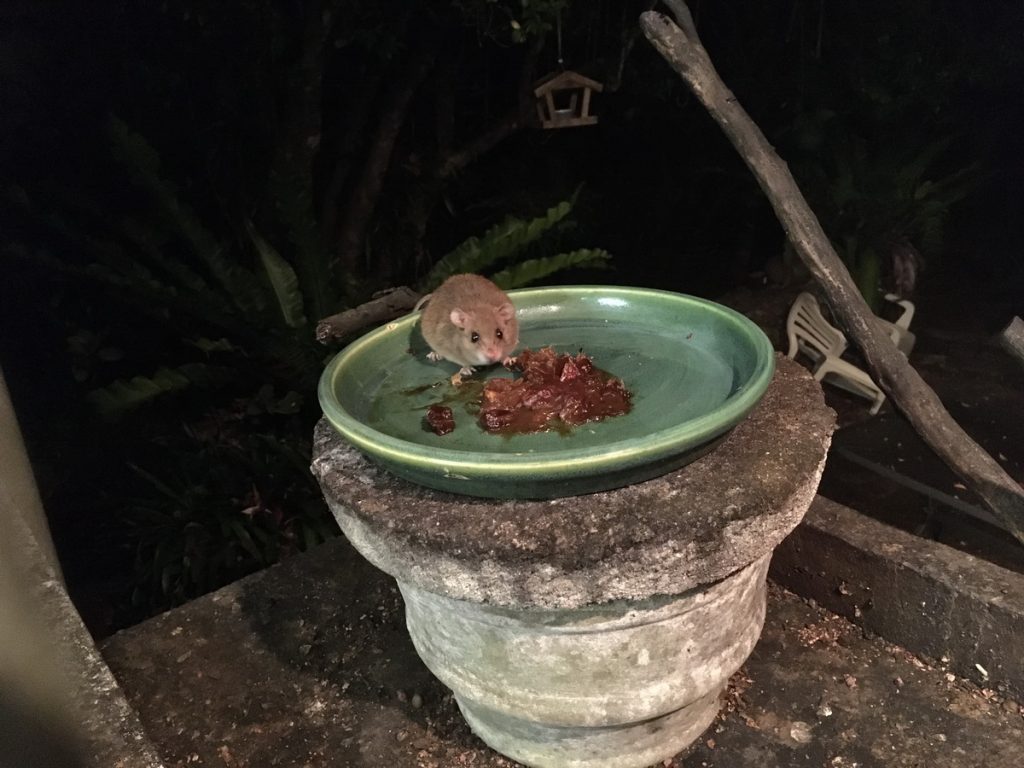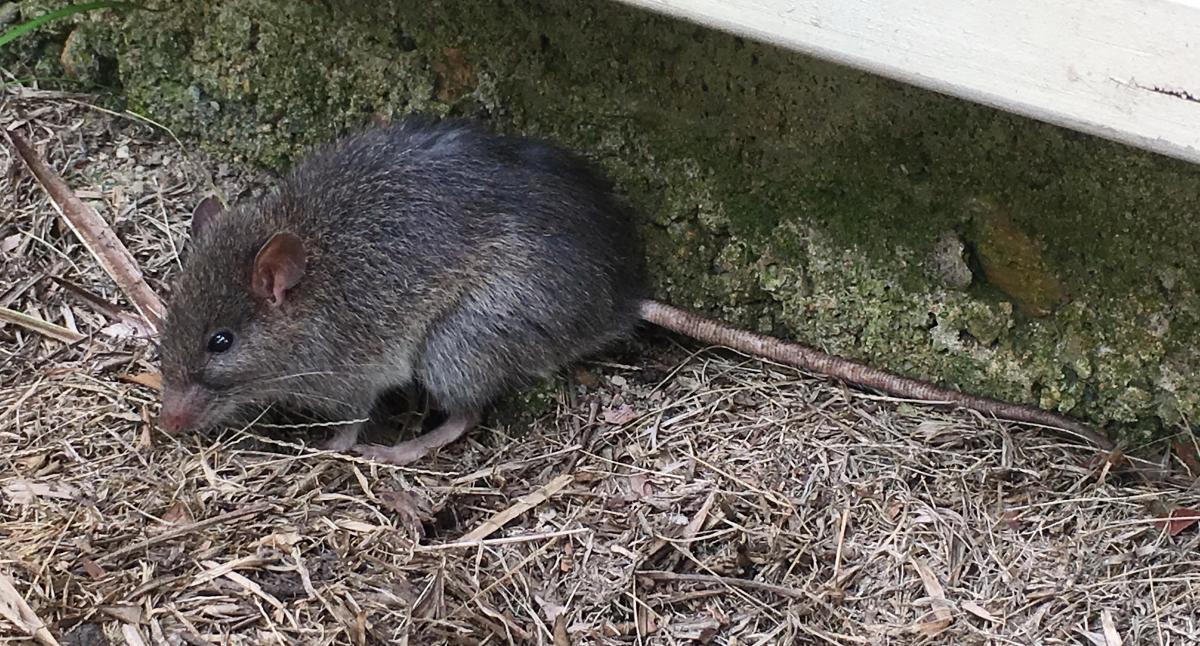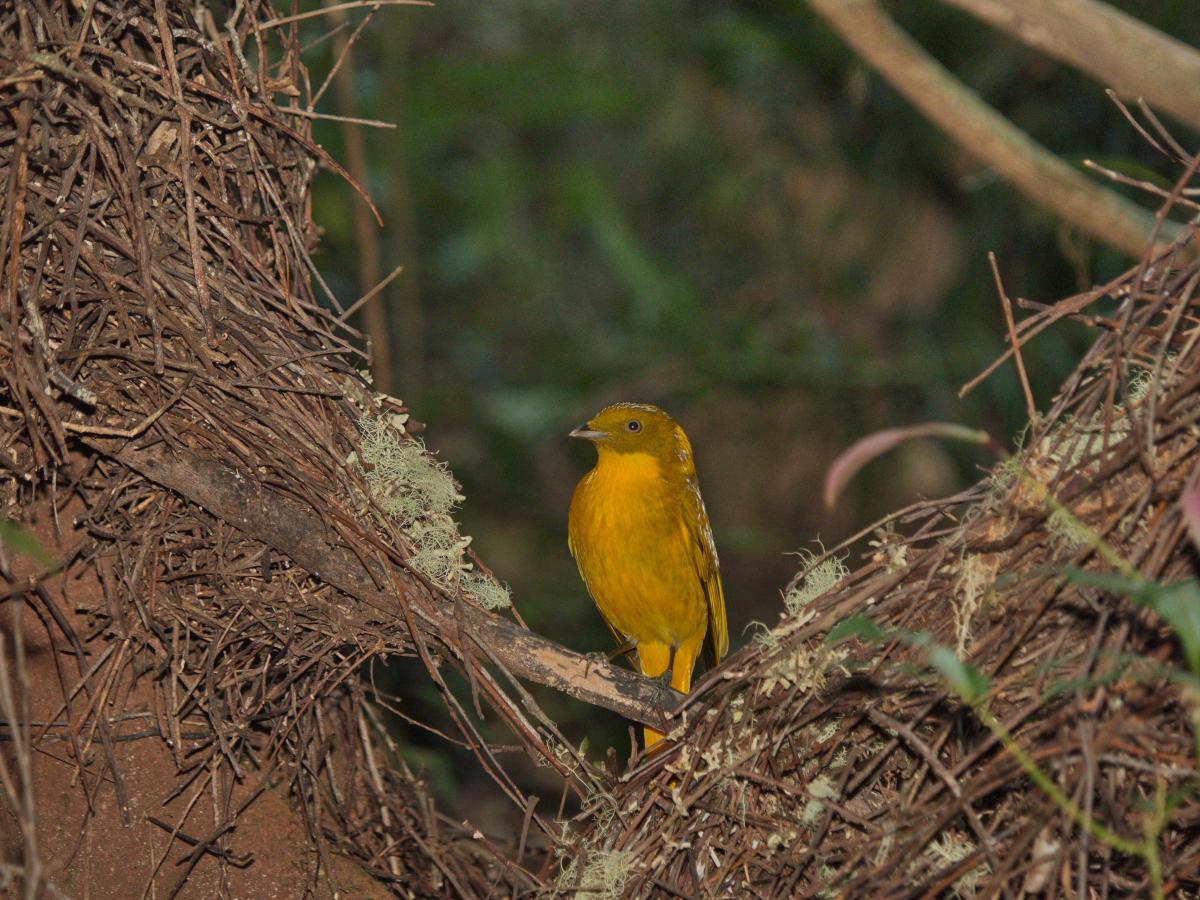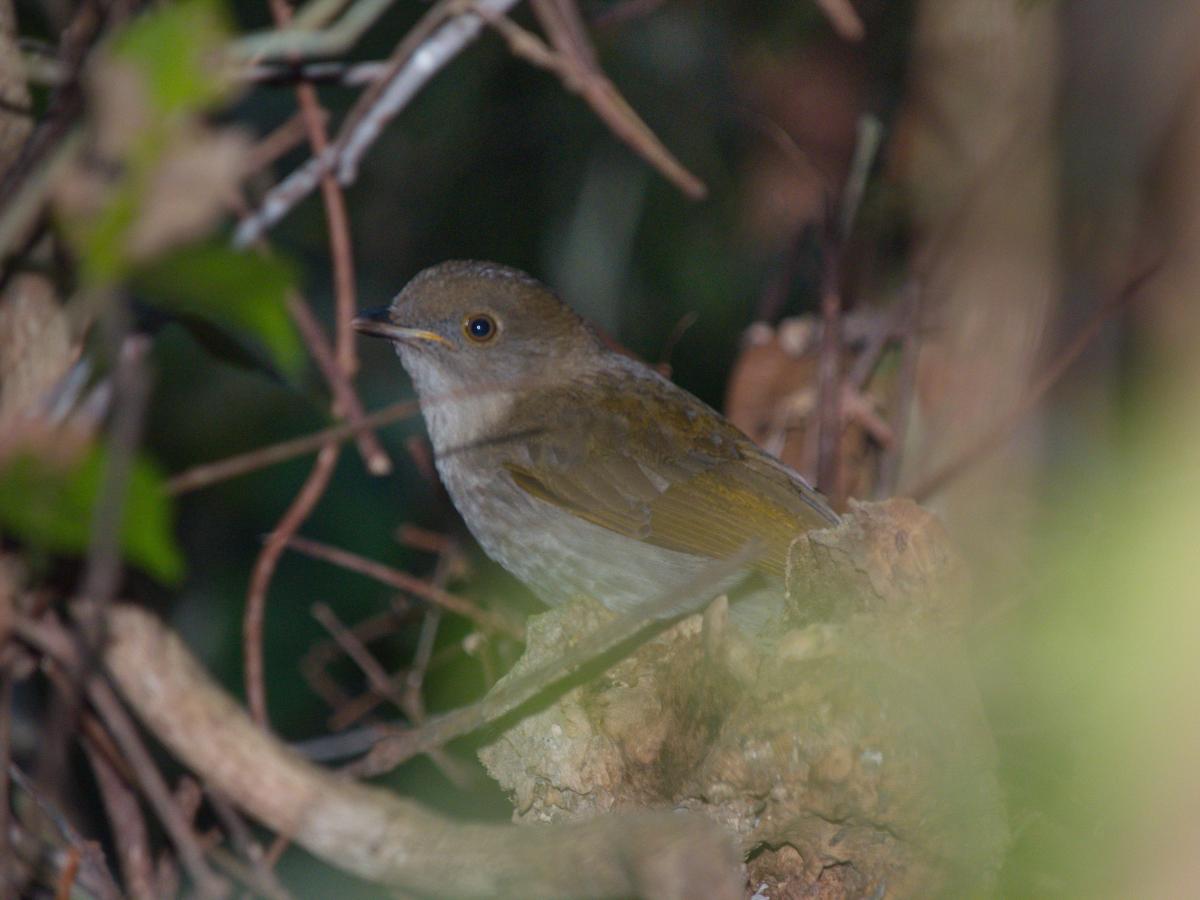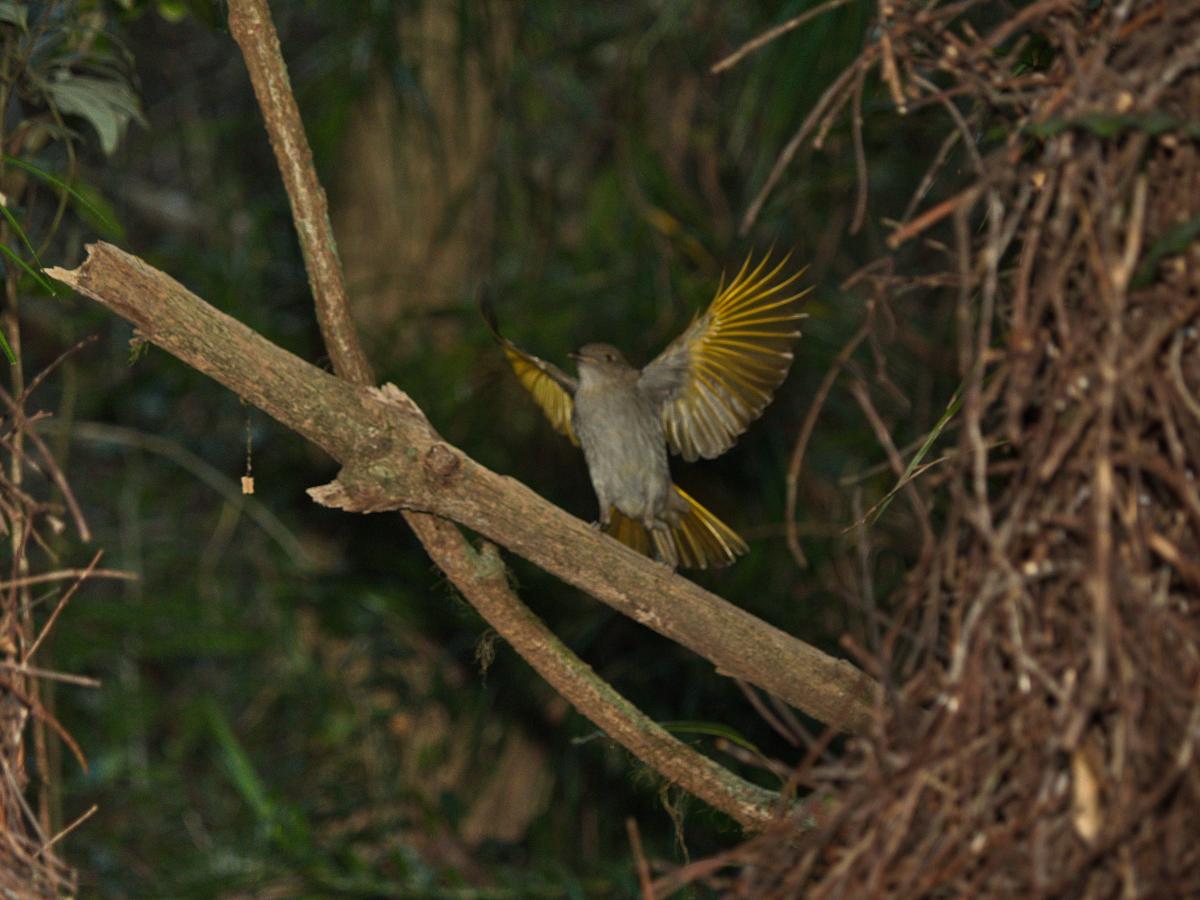Changes to the PDCA Executive Committee.
Recently Michele Bird resigned from the position of PDCA Secretary due to work commitments. Michele did a fantastic job in this role and put many hours into ensuring our meetings were recorded accurately and promptly. She was also an effective and thoughtful voice in many of our discussions on important issues affecting Paluma. Many thanks Michele!
Michele has also been a prominent and prolific contributor (and co-editor) to our new website. I am delighted that she has indicated that she will continue in this role.
Fortunately, we have been able to find a highly capable new Secretary in Anne Bruyeres. Ann has a long association with Paluma and I am sure she will be a great addition to the Executive Committee. Welcome Anne!
The updated list of PDCA Executive members can be found here
Jamie Oliver
A record of accomplishments
Our numbers for paid up membership this year are a bit down compared to previous years, and we hope that this is more a matter of forgetfulness than a lack of support for the PDCA and its efforts on behalf of the Paluma community. However the Executive Committee also felt it would be worth documenting the various efforts and achievements of the PDCA in recent years. It turned out to be a fairly impressive list and we would like to share that with all of you, and also let you know what our priorities are for the next 12 months or so. Hopefully this list will help reassure paid members that their dues are a worthwhile investment into ensuring we maintain Paluma and a fantastic place to live or to retreat to on weekends and holidays. We also hope that those of you who have forgotten to join this year will be motivated to do so – you will be receiving email reminders shortly! Or you can click here to download a renewal form.
If you have any thoughts or ideas on how the PDCA can better contribute to the Community, or what our priorities should be, please don’t hesitate to contact any of the executive by email, or phone. Or you can add a comment to this post and start an open conversation.
PDCA Achievements/Activities over the last several years
Lobbying local and state government to achieve more favourable policies or better facilities around Paluma
- Strongly opposed proposal to re-open Paluma Dam for motorized boats
- Extended campaign to improve quality of drinking water in Paluma
- Joint meeting with TCC and Transport & Main Roads to discuss need for more coordinated clearing of roadside vegetation, effective management of road closures
- Holding various community meeting to discuss important issues and to communicate to local government
- Key outcomes include:
- Council decided not to pursue the opening of the dam for motorboats
- Sealing of initial part of Hussey Road
- More timely maintenance of Paluma Dam road potholes and erosion ditches
- Paluma Water issues and new water treatment plant -– resulted in commissioning of a new $300,000 water treatment facility in 2018
- Agreement with TMR to include significant upgrades to the Range Road in the next budget for major road works
- Installation of rubbish bins at Crystal Ck. Picnic Ground and additional bins in the Village Green – TCC liaison.
- Repair of Loop Rd. retaining wall by TCC
- TCC funded free Wi Fi facility at hall/Village Green
- Liaison with TCC re design and equipment choice for new playground and moving the footprint out of the PDCA lease area.
- TCC installation of a new technology sewerage system at public toilets in Village Green- PDCA campaigning to overcome leakage issues.
- Re-siting of the public playground to ensure it was not on PDCA leased land, thus avoiding a liability issue
- TCC resurfacing of bitumen road from village to Dam turn-off
Successful applications for funding for new facilities
- New Telstra mobile phone tower – 2018
- Contributions for funding of the new Community Hall extension obtained from Qld Gaming Commission ((Through the Paluma Rural Fire Brigade)
- Grant for the establishment of the Paluma History Display
- Grant for Replacement of hall chairs and gallery fittings.
Activities that improve village facilities or enhance community coherence amongst residents or provide important target activities for visitors
- Contribution of $23,000 from PDCA fund raising activities towards cost of hall extension from past PDCA
- Various social evenings/meals throughout the year
- Quarterly publication of “Turkey Talk”
- Paluma Garden Competition
- Regular Sunday markets and BBQ
- Paluma History Display most Tuesdays
- Making the hall available for external hire by relevant groups
- Assisting with successful signature events such as the annual Paluma Push and Dam Good Run
- Establishment of the “Trees in Memory” grove on the village green, together with memorial stone
- Signage for the Andreé Griffin Track and official launch
- Bruce Plant Memorial function at the Community Hall and the Plant Memorial stone installation and Service. Assisted by a RAAF grant and donations
- Art Exhibitions promoting local and district artists
- Liaison with National Parks re refurbishment of Crystal Ck. Picnic area and McClelland Lookout facilities and maintenance of existing walking tracks
- Promoting Paluma through regular posts on Paluma.org and providing additional resources through our members only pages
- Organizing working bees to help maintain the Community Hall and surrounding grounds
- Installation of the PDCA Honour Board in the Community Hall
Future Plans
With continued support from PDCA
memberships and community volunteers, the PDCA hopes to achieve even more in
the next 1-2 years. Current projects in various stages of conceptual
development include:
- Enhancement of roadside verges with plantings of appropriate species that showcase Paluma’s unique climate
- Creation of new garden beds and hedges around the Community Hall
- Development of enhanced signage and interpretation along local walking tracks
- Construction of a walking loop and viewing platforms along around the village weir to highlight the various flora and fauna (including platypus, water dragons, rainbow fish and key flowering plants)
- Development of a new annual or biennial event(s) that incorporates elements of previous events such as the Paluma Rainforest Festival, Ephemera in the Mist and Paluma Art Exhibition etc.
